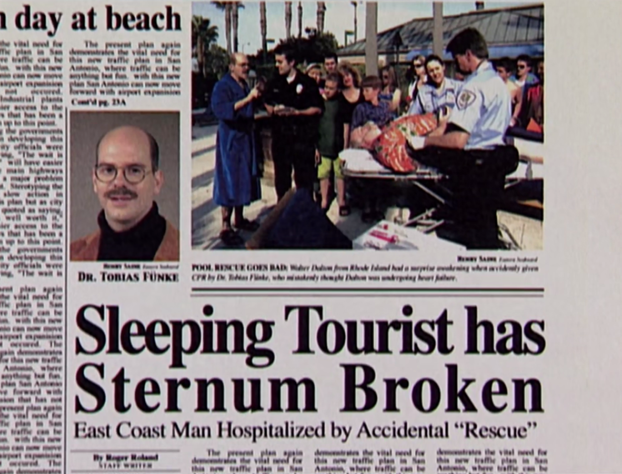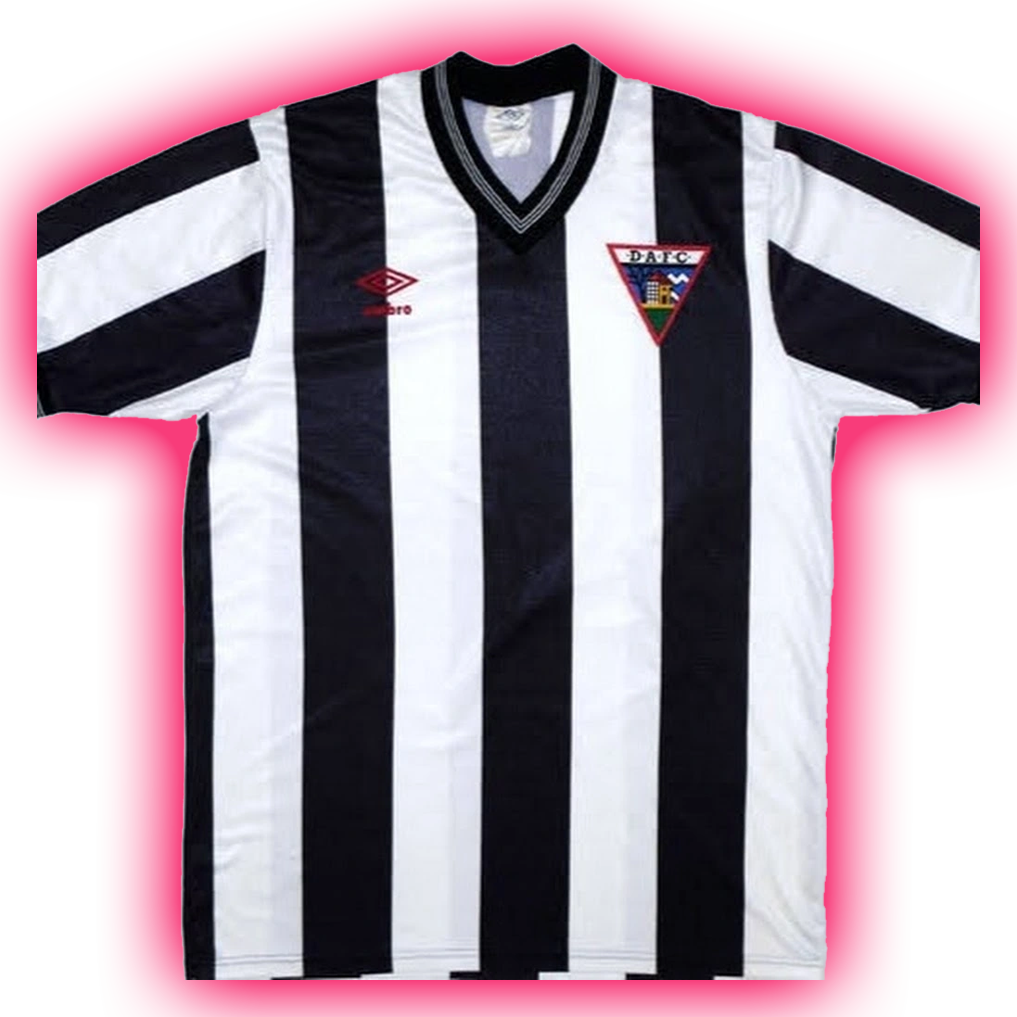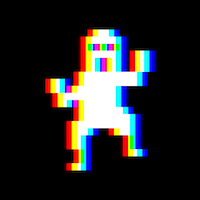Why YSK: TV has lied to you. If a cardiac arrest happens and you have an AED defibrillator at hand you might still need to do chest compressions.
- When you open up the AED there will be instructions on how to apply the electrodes as well as any other procedure needed to get started.
- The machine will first analyze the heart’s rhythm to find out if a shock can restore the heart.
- If the machine doesn’t find anything it will instruct you to perform CPR. After a while it will then instruct you to stand by as it does another analysis.
- It will once again either deliver a shock or instruct you to go back to CPR. Do this routine indefinitely until medical services has arrived. You will be tired. Switch out with another person if there are other people who can help.
- Some AED’s are automatic and will warn you to stand back and deliver a shock. Others will need you to press a button to deliver the shock yourself. Make sure not to touch the person as the machine delivers the shock.
One thing to add, that haven’t been thought to me in the CPR course.
It’s fucking exhausting and you will get tired very soon. The training dummy doesn’t require nowhere near as much force as a real person. To give you an example, it’s quite common to crack or break a rib of the CPR recipient even if CPR is done right. That’s how much force you have to use. Without the required force, your pushes won’t reach the heart.
Make sure there is someone else who knows how to do CPR or at least is looking how you’re doing it and can repeat that or follow your commands once you switch.
I’ve only had to give someone CPR once and I haven’t been as tired in my whole life. No way the “I’ve been giving him CPR for 30 minutes…” You see on a TV screen is real. I felt like I’ll need CPR myself after 3 minutes.
Dixit my CPR trainer:" He’s already dead. You can’t kill him more."
I was in a car accident while riding a bus. Nothing major but one person fell down and lost consciousness. We had to give CPR to him and while the driver was handling it well he needed help. I was 20 or 21 at the time so I volunteered and I wasn’t using enough force because I was afraid I’ll hurt the guy. I was especially holding back because he was like 80 years old or so.
The driver shouted at me to do it properly. “You’re afraid you’ll hurt him?! What’s better, be hurt and alive or fucking dying?!” I fucked up but we managed to hold on with help of two others before help arrived.
Just for context.

Can you imagine being so tired, even CPR can’t wake you up.
“challenge accepted”
For those curious about what a defibrillator does do: It stops hearts.
Which might seem insanely counterintuitive, but it’s great for when the heart gets stuck in a rhythm that prevents it from being able to pump properly, since stopping it lets it restart itself in a more normal rhythm.
Before we invented the defibrillator, doctors basically had to punch the patient in the chest to hopefully hit the heart at the right point to stop it. It does also mean that if you really know what you’re doing, and got lucky with the timing/amount of force, you could technically pull off one of Kill Bill’s death punches, although it would be a little less dramatic than them walking five steps before their heart explodes.
But unlike video games, unless you fry the heart itself, a defibrillator won’t instantly kill someone. It will stop their heart, sure, but their heart will restart itself, unless something is wrong (stopped for too long, physical damage, irreversible chemical imbalance, etc)
The term you are looking for with the “death punch” is Commotio Cordis.
Also, to be more technically accurate, defibrillators are intended to restart a stopped heart, but only some kinds of stops. What people traditionally think of is Asystole (“flatline”), which is complete lack of electrical activity in the heart. Shock won’t do diddly here, they ded.
Ventricular tachycardia and ventricular fibrillation however have essentially stopped the muscular/mechanical pumping of the heart, because of disjointed electrical activity. This activity is what the defibrillator is intended to reset.
There’s a 4th type called Pulseless Electrical Activity (PEA) where the electrical function is relatively normal, but something external is preventing pumping. Defib won’t help here either, since the electrical portion is working fine.
The other thing they don’t say during cpr class is that the resuscitation rate for an out of hospital cardiac arrest is 9.1%.
One of the biggest factors in survivability is the time to initiate CPR in the time the compressions are interrupted. My EMS department has moved away from a AHA to high performance CPR. 
What is an AHA and what is high performance CPR?
Ah, ha, ha, ha, stayin’ alive, stayin’ alive
It’s concerning how there is no AED/CPR training in school considering everyone is likely to run into a situation where a family member will need resuscitation while waiting for an ambulance. Not knowing when and how to do cpr, how to use a defibrillator (portable ones give audio instructions) etc is so dangerous because by the time an ambulance gets there it may be too late. Also I wish AED were more readily available and easily located. May even be a good idea to pitch in with neighbors and make a locked box that’s easily accessible.
Here, in the Netherlands, we have a network of civilian first responders, with people that will be alarmed by the 112 (for you Americans: that’s the European version of 911) call center when a CPR request is near them. Also, we have a practical full cover over the country of AEDs. We have one against our front wall, accessible for everyone. In 1.5 years of time, I got two times a call that I was able to respond to, but our emergency services were already present when I arrived (by bike) on the location.
when I arrived (by bike)
Average Netherlander :D
In School here in Germany, what this post outlines is exactly what was told to us, by actual paramedics.
They even had a dummy AED for demonstration purposes. It spoke out the instructions like a real one would and we were all supposed to practice putting the electrodes in the right places on a dummy human.It was funny I was playing ghostwire Tokyo and didn’t remember all the aed around Japan when I was there but the game showed them all over the place (at the time I didn’t know what they were). It’s sad I have yet to see one outside of ammedical facility in the US.
I’d say this information will come as a shock to many but apparently it won’t!
I’ve heard this before and looked it up, but I found this article from the NIH that contradicts what you’re saying.
Defibrillators are devices that send an electric pulse or shock to the heart to restore a normal heartbeat. They are used to prevent or correct an arrhythmia, an uneven heartbeat that is too slow or too fast. If the heart suddenly stops, defibrillators can also help it beat again.
The way a defibrillator works with a stopped heart is by analysing, and it that way it does “help it beat again”. But it won’t shock a stopped heart. The name says it all; it de-fibrillates. The heart has to be fibrillating for it to be de-fibrillated; the shock can only correct an archaic rythmn, not the absence of rythmn.
If there’s no electric activity, the person needs meds like epinephrine, not a shock.
The thing with TV shows, is that they often show a flat line on an ECG monitor and then shock the patient, which is basically useless except at burning the patient’s skin and stopping effective compressions during CPR. The kind of ECG we should see during a shock is atrial fribrillation (a-fib) and ventricular fibrillation (v-fib). Those should have a very wavy ECG line.
Source: am nurse (edit: a better nurse corrected me on some differences between shocking for a defibrillation and for a cardioversion, go read their comment)
Just to clarify your post because there is enough confusion as it is. Atrial fibrillation is not a rhythm we defibrillate. While it can be dangerous it is not a deadly rhythm but could definitely deteriorate into one if there is unchecked rapid ventricular response. Even then we don’t defib afib, we cardiovert it or use medical management. Underneath the mess there is an intrinsic heart beat you don’t want to disturb. If you defib afib you will likely cause more harm than good
The only rhythms we defibrillate are ventricular fibrillation and pulseless vtach.
We do not use any electricity for asystole or pulseless electrical activity.
We cardiovert afib and supraventricular tachycardia.
Shock is a term used loosely but I wanted to further clarify so people won’t run around shaking their fist that no one is defibrillating their afib.
Source: also nurse
Thanks for clarifying! I’m at the end of my cert. for arythmias and sometimes the cardioversion and defib get jumbled up since they’re both electrical processes (albeit at very different strength).
There are certain devices that do do that, but it’s not a defibrillator. A defibrillator will stop/prevent an arrhythmia by stopping the heart, and letting it restart on its own (hoping that it goes to a normal rhythm), and delivering further shocks if it gets back into one.
The device you’re looking for to help a heart beat again would be a pacer, or a pacemaker, which will shock the heart to force it to pump, and restore rhythm that way. They’re commonly used for conditions like heart failure, if the heartbeat generation systems/internal pacemaker can’t generate a heartbeat quickly enough to sustain life.
not really.
It’s like we’re redoing the basics of reddit. :)
We do not use 10 percent of our brains.
(This is jest, not complaining)
True true. I think I see it like this good old xkcd.
Not a doctor but I think AEDs can only fix an arhythmic pulse as is the case when ventricular fibrillation occurs.











